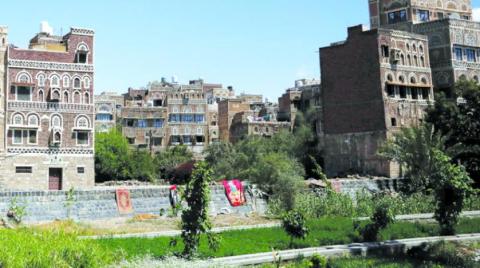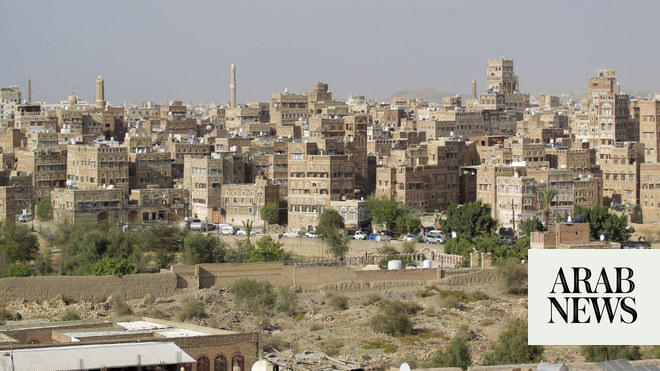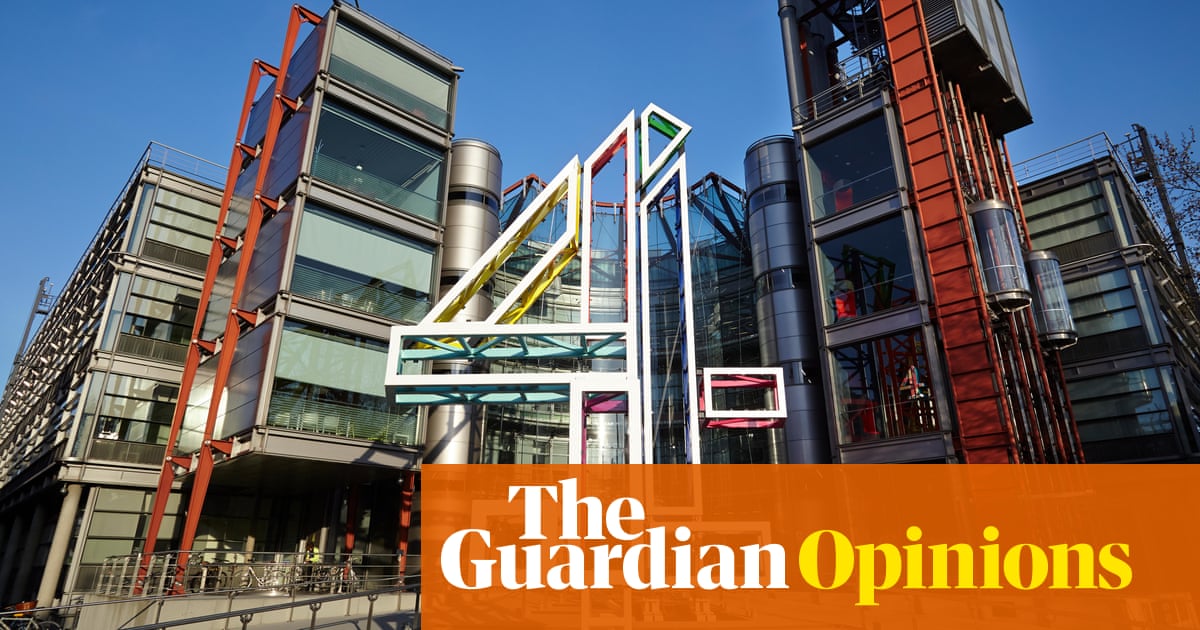
WASHINGTON, Aug 10 (Reuters Breakingviews) - A once-in-a-generation vote on U.S. infrastructure means it might finally be time to stop talking about infrastructure – or think more creatively about what the word means.
The Senate on Tuesday approved roughly $1 trillion of investment on steel-and-cement stuff like roads, bridges and cables. Republicans and Democrats agreed to increase spending on crumbling streets by $110 billion, as well as adding $65 billion for better broadband, $66 billion for railways and $55 billion for water systems. After years of work by President Joe Biden and Donald Trump before him, that’s progress.
What’s less logical is what’s not included. Democrats will now turn to a $3.5 trillion splurge on healthcare, schools and the environment that Republicans resisted in the smaller plan. The larger proposal will now go through a sort of back-door approval process known as budget reconciliation that requires only 51 Senate votes. The idea that this should get sidelined is odd.
One problem is an outdated idea of what infrastructure really means. For investors, it’s often hard assets with stable cash flows. But the term should also fit anything that makes it possible for a person to perform higher-quality work in less time, for more years. It’s easy to see how that applies to roads, 43% of which are in poor or mediocre condition according to the American Society of Civil Engineers, costing the average American household around $3,300 in repairs, fuel and lost productivity.
But how about schooling? In Washington, D.C. a program that made free pre-kindergarten education universally accessible raised the share of mothers in the workforce by 10 percentage points to over 76% from 2008 to 2016, the highest among big U.S. cities, according to the Center for American Progress. That’s a productivity boost, just like fixing a pothole-filled road.
Repairing the environment also helps the labor force. The Democratic plan includes tax credits for renewable energy investments and a clean electricity standard. That means fewer pollution-related illnesses. Dirty air cost the economy about $790 billion in 2014, largely due to premature deaths, according to Stanford University research. People who live longer and are healthier can get more work done and consume more along the way, driving more economic output from the populace. That’s an argument that should appeal to spending-wary moderates on both sides of the aisle.
The arrival at last of a much-touted infrastructure week is a good time to start rethinking America’s too-rigid distinction between economic hardware and software. Even before the pandemic, the labor market was tight, and the U.S. population was aging. Birth rates in 2020 were the lowest since 1979. If infrastructure is a priority, anything that gets more output out of Americans deserves the label.
Follow @GinaChon on Twitter
CONTEXT NEWS
- A bipartisan U.S. Senate deal to spend $1.2 trillion on improving infrastructure passed in that chamber on Aug. 10, with 19 Republicans joining Democrats to approve the package by 69-30. It includes $110 billion for roads and bridges, $65 billion to expand broadband access and $55 billion for water supplies. The proposal also needs to pass in the House of Representatives before it can become law.











